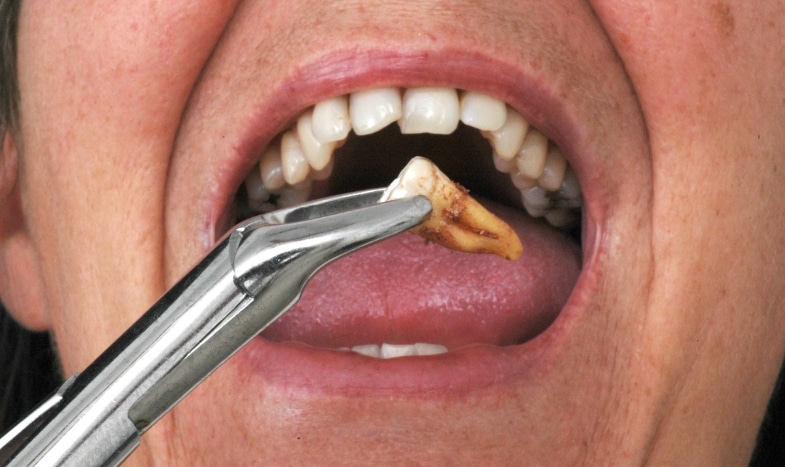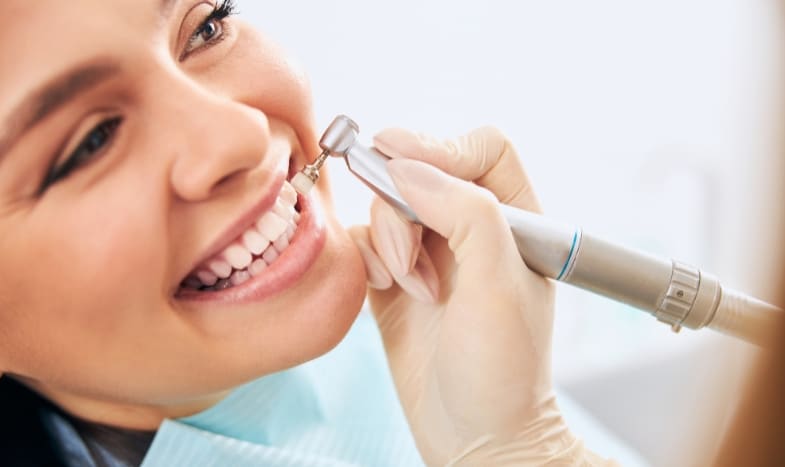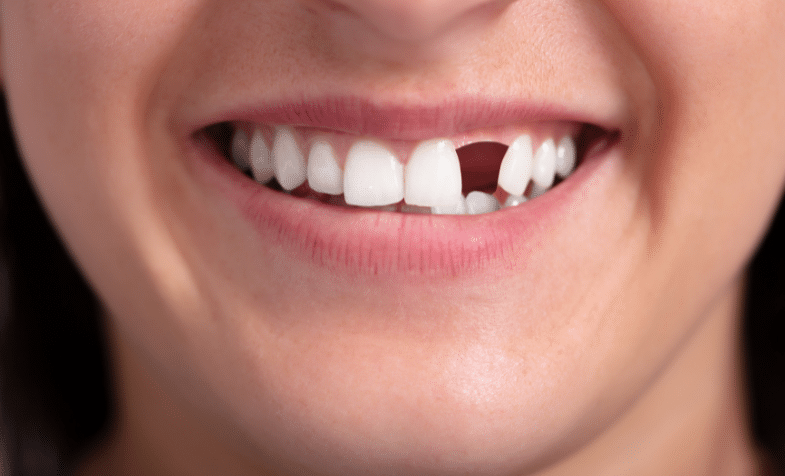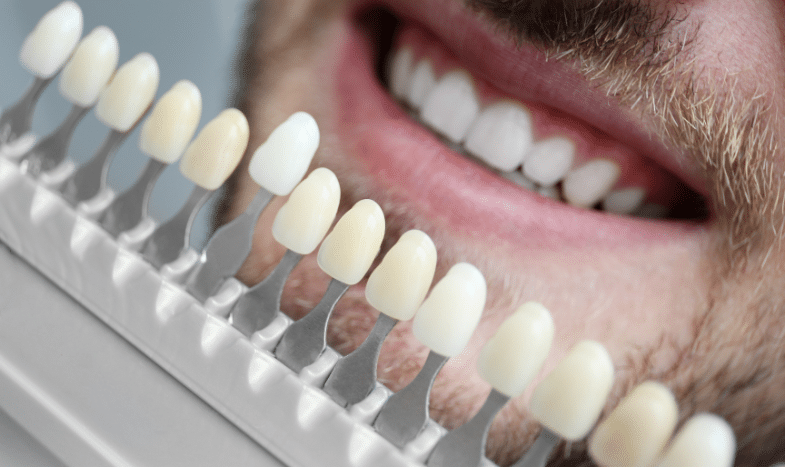
Finding Your Smile: The Ultimate Guide to Tooth Replacement
A smile is a powerful thing – it has the ability to light up a room, make someone’s day, and convey our emotions without uttering a word. So when we lose one or more teeth, it can be devastating for both our self-esteem and oral health. Thankfully, tooth replacement procedures have come a long way in recent years, offering numerous options for those looking to restore their smile. In this ultimate guide to tooth replacement, we’ll explore the different types of procedures available, discuss the preparation process, and provide tips on care and recovery after the procedure. So if you’re ready to find your smile again, keep reading!
What is a Tooth Replacement?
A tooth replacement is exactly what it sounds like – a procedure that replaces one or more missing teeth. Tooth loss can occur due to many reasons, including decay, injury, and aging. Regardless of the reason for your missing teeth, a tooth replacement procedure can help restore your smile and improve overall oral health.
There are several different types of tooth replacement options available today. One popular option is dental implants – artificial roots surgically implanted into the jawbone to support prosthetic teeth. Another common alternative is dentures – removable prosthetics that fit over the gums to replace lost teeth.
Bridges are also frequently used as a form of tooth restoration; they attach a prosthetic tooth to adjacent natural ones using metal anchors or adhesive materials. Additionally, some individuals opt for partial dentures which fill gaps created by multiple missing teeth with removable plates containing false teeth.
No matter which method you choose, working with an experienced dentist who specializes in restorative procedures will ensure optimal results when replacing missing teeth!
Types of Tooth Replacement Procedures
Tooth replacement procedures have come a long way in recent years, with several options available to individuals who need to replace missing teeth. One of the most popular tooth replacement options is dental implants. Dental implants involve surgically placing an artificial root into the jawbone, which then fuses with the bone over time. Once this has occurred, a crown or bridge can be attached to the implant.
Another option for replacing missing teeth is dentures. Dentures are removable prosthetic devices that rest on top of the gums and can be used to replace one or more missing teeth. They are typically made from acrylic resin and can look very natural when properly fitted.
For individuals who are only missing one or two teeth, bridges may be a good option. Bridges consist of an artificial tooth held in place by crowns that attach to adjacent natural teeth.
There is also the option of partial dentures for those who are only missing a few teeth but not enough for full denture placement.
No matter what type of tooth replacement procedure you choose, it’s important to consult with your dentist to determine which option will work best for your individual needs and circumstances.
The Preparation Process for a Tooth Replacement
Preparing for a tooth replacement procedure in Riverside requires careful planning and consideration. The first step is to consult with your dentist, who will evaluate the state of your teeth and recommend the best tooth replacement option for you.
Once you have decided on a specific tooth replacement procedure, your dentist will provide instructions on how to prepare for it. This may include abstaining from certain foods or medications that can interfere with the healing process.
In some cases, additional dental work may be necessary before proceeding with the tooth replacement procedure. For example, if there are signs of gum disease or decay in nearby teeth, these issues must be addressed prior to undergoing a tooth replacement.
It’s important to follow all pre-procedure instructions carefully in order to ensure optimal results and minimize any potential complications. This includes maintaining good oral hygiene habits leading up to the procedure date.
Proper preparation is key when it comes to undergoing a successful tooth replacement procedure. By working closely with your dentist and following their guidelines every step of the way, you can achieve a healthy smile that lasts for years to come.
After the Procedure: Care and Recovery
After completing the tooth replacement procedure, it’s crucial to take care of your new teeth to ensure they remain healthy and functional for a long time. The first step is to follow specific instructions given by your dentist on how best to care for them.
One important aspect of taking care of your new teeth is maintaining good oral hygiene practices, such as brushing twice daily and flossing at least once a day. It’s also recommended that you avoid hard or sticky foods that can damage or dislodge the replacement tooth.
During recovery, it’s normal to experience some discomfort and swelling around the affected area. Over-the-counter pain relievers and ice packs can help alleviate these symptoms. However, if you notice any severe bleeding or persistent pain after several days post-surgery, don’t hesitate to contact your dentist immediately.
Regular check-ups with your dentist are essential for ensuring everything progresses smoothly in terms of healing and overall dental health. They may recommend certain dietary changes or provide additional tips on how best to take care of your new implants based on their appearance during examinations.
Remember that proper care following a tooth replacement procedure will not only promote optimal healing but also prevent any further complications down the line. By staying proactive in managing this process alongside professional guidance from expert dentists, patients can find comfort knowing they’ve taken the necessary steps towards finding their smile again!
Conclusion
Tooth replacement procedures have become more advanced and less invasive over the years. Thanks to modern technology and dental expertise, there are now several options available for anyone seeking a new smile. Whether you opt for dentures, bridges, or implants – each option has its own unique set of benefits.
It’s important to keep in mind that tooth loss can cause severe health issues if left untreated. Therefore, seeking professional advice as soon as possible is crucial. Dental professionals will be able to guide you through every step of the process and provide personalized solutions based on your individual needs.
By following this ultimate guide to tooth replacement, you’ll be on your way toward finding your smile again!
FAQs
1. Can you eat after a tooth replacement?
After undergoing dental implant surgery, you should consume only soft, non-chewy foods. For the first day following treatment, you should only consume foods that are very soft or liquid. This prevents you from gnawing on your mouth or biting your tongue as a result of the anesthetics used during surgery.
2. What should you avoid after tooth surgery?
For 24 hours, don’t use a straw, suck on candy or ice pops, slurp soups or other liquids, rinse your mouth hard, or smoke. These things make the mouth feel like it’s sucking. This could make the blood clot move. For the next 24 hours, don’t drink alcohol or use mouthwash with alcohol in it.




